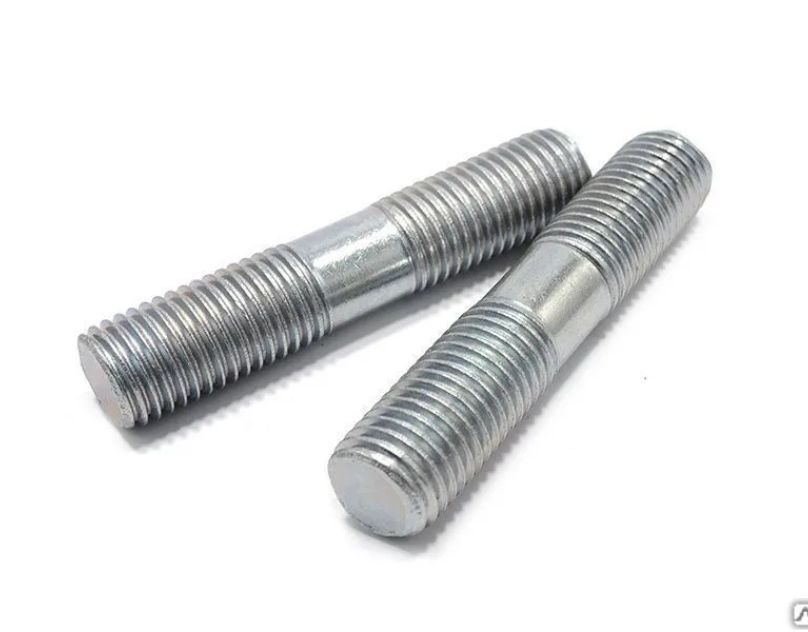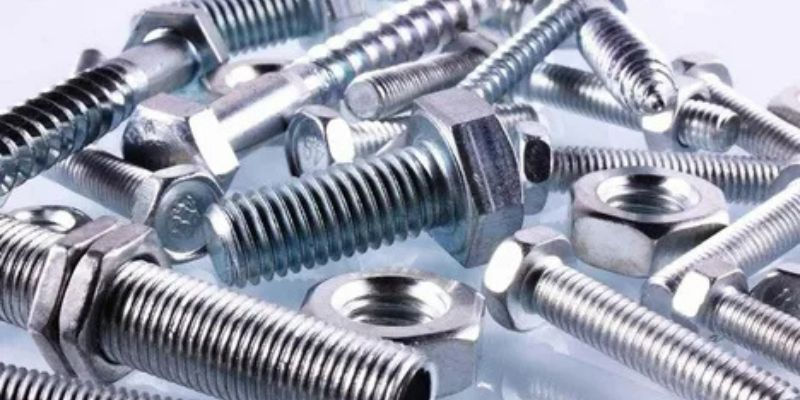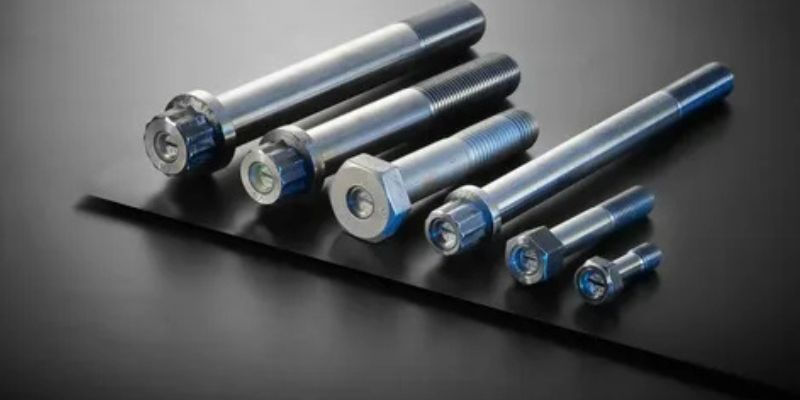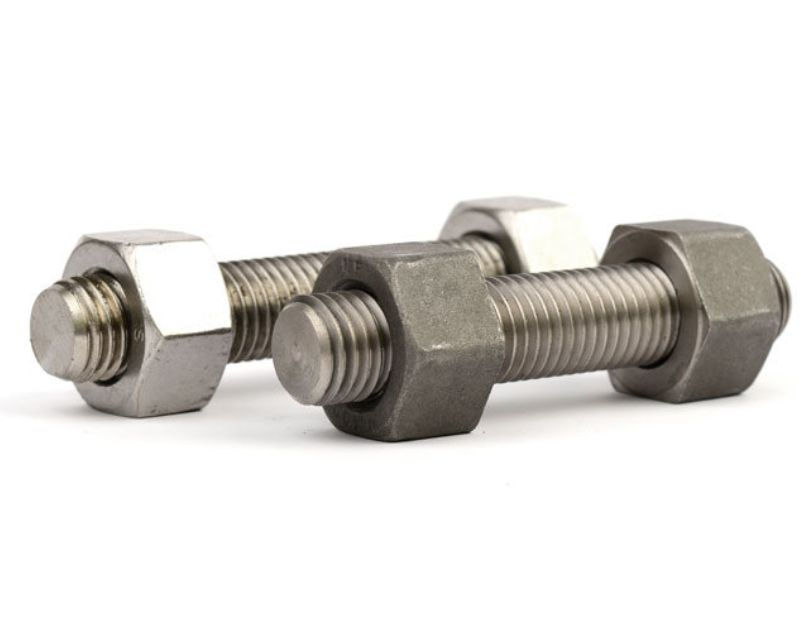How to Install Stud Bolts Correctly and Avoid 8 Common Mistakes
- Delta Fitt inc
- Apr 28
- 3 min read

Delta Fitt Inc is a leading Stud Bolts manufacturer in India, Stud bolts are an important part of many industrial and construction projects. Whether you are setting up pipelines, machinery, or heavy structures, using the right stud bolts and installing them correctly is very important for safety and performance.
As a leading Stud Bolts manufacturer, we often see that small mistakes during installation can lead to big problems later. In this blog, we will explain how to install stud bolts correctly and highlight 8 common mistakes you must avoid.
What Are Stud Bolts?
Stud bolts are threaded rods with no head. They are used with two nuts on each side to hold two parts tightly together. Stud bolts offer strong clamping force and are preferred in industries like oil & gas, construction, and power plants.
If you are looking for quality fasteners, always choose a reliable Stud Bolts supplier who follows international standards.
How to Install Stud Bolts Correctly
Follow these simple steps for proper stud bolt installation:
Choose the Right Stud Bolt: Always select the correct material, size, and type based on your project needs. Check specifications and consult a trusted Stud Bolts supplier in India if unsure.
Cleaning the Threads: Dirt, oil, or rust on the threads can affect torque and tightening. Always clean the bolts and nuts properly before installation.
Use Lubrication: Apply the right lubricant (like anti-seize compound) to the threads unless specified otherwise. Lubrication helps to achieve accurate torque.
Use the Correct Torque: Tighten the bolts to the recommended torque value. Over-tightening or under-tightening can cause serious problems.
Tighten in Proper Sequence: When installing multiple stud bolts (like on flanges), use a criss-cross pattern to tighten bolts evenly. This ensures proper sealing and load distribution.
8 Common Stud Bolt Installation Mistakes to Avoid
Choosing the Wrong Size Stud Bolt
Always use bolts that match the specifications. Refer to a nut bolt weight chart in kg pdf to double-check the size and weight if needed.
Ignoring the Bolt Material
Different applications need different materials. For example, high-strength friction grip bolts have specific weight considerations — use an updated hsfg bolt weight chart and hsfg nut weight chart to choose correctly.
Not Cleaning the Threads
Dirt and debris can create friction and give a false torque reading. Always clean bolts and nuts before starting.
Skipping Lubrication
Without lubrication, the torque may not be transferred properly, leading to uneven tightening.
Incorrect Torque Application
Either too much or too little torque can lead to bolt failure. Always use a calibrated torque wrench.
Wrong Tightening Sequence
If you tighten bolts randomly instead of following the cross pattern, you can damage the flange or create leaks.
Reusing Old Stud Bolts
Stud bolts can stretch or weaken after use. It is not recommended to reuse old bolts, especially in critical applications.
Ignoring Temperature Effects
Some environments require stud bolts that can handle high temperatures. Always select bolts suitable for the working conditions.
Conclusion
Correct installation of stud bolts is crucial for ensuring the safety and durability of any mechanical or structural setup. Avoiding these common mistakes can save you time, money, and effort in the long run.
Final Thoughts
If you are searching for a reliable Stud Bolts manufacturer or a trusted Stud Bolts supplier, we highly recommend Delta Fit Inc. They offer high-quality stud bolts manufactured to international standards, ensuring excellent strength, durability, and performance. Delta Fit Inc also provides helpful resources like the nut bolt weight chart in kg pdf, hsfg nut weight chart, and hsfg bolt weight chart to make your selection easier.
Contact us today for more information or to get a quote!







Comments